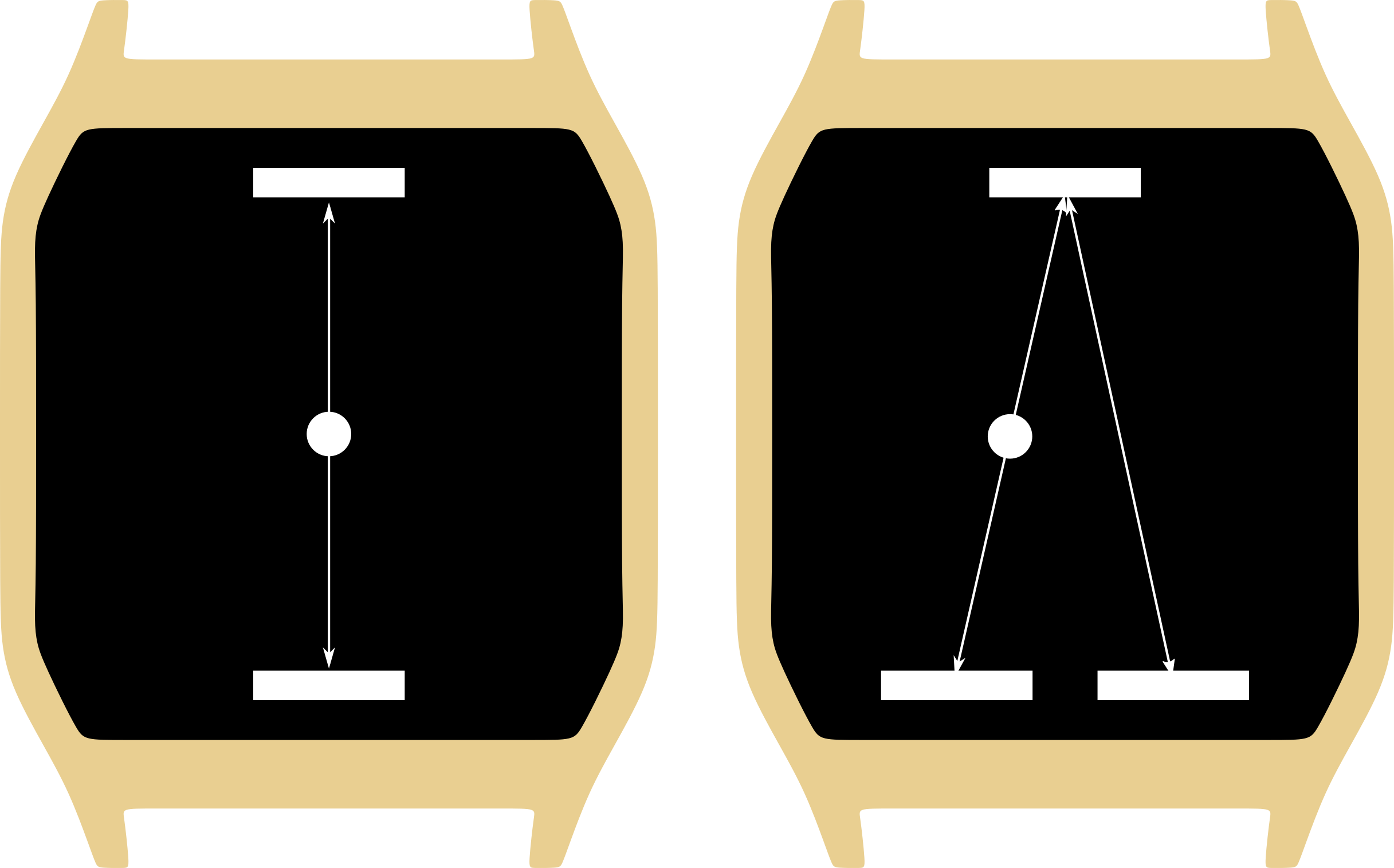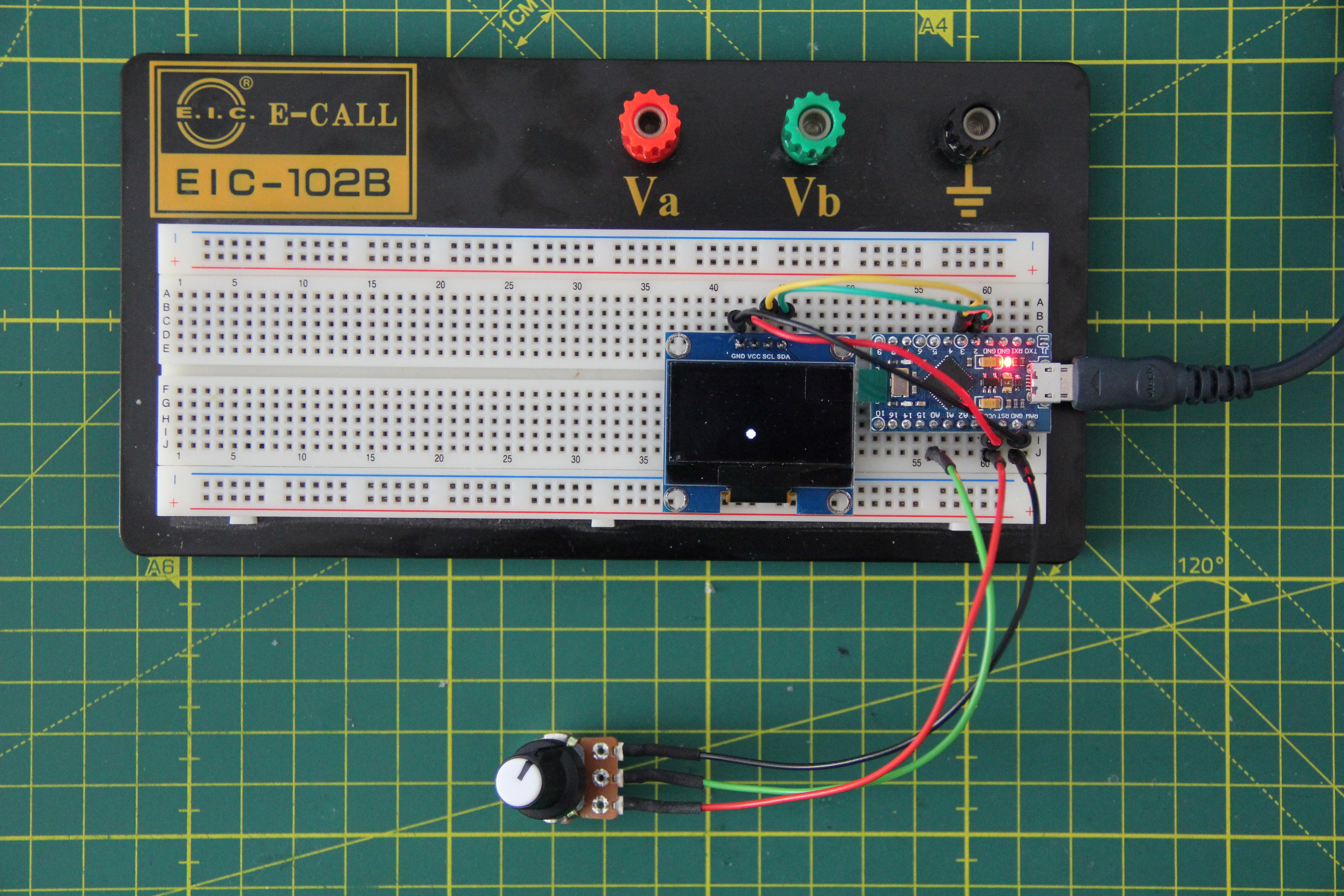First considerations
The time dilation according to Einstein's special theory of relativity is:
Since the velocity v is always smaller than the speed of light c, the following is always the case:
From the first equation, it can be deduced that the time saved during the time in motion is:
and the total time saved is then:
The biggest challenge in the project is to measure a velocity at a constant velocity vector, for example in an airplane, except during takeoff and landing. If you stay in your seat, the wristwatch is at rest relative to the airplane, while the airplane is moving at high speed relative to the Earth. By the typical positive and negative acceleration at takeoff and landing, one could infer a flight and measure the time between takeoff and landing and assume a cruising speed of, for example, a Boeing 747 of 907 km/h. During acceleration phases, the velocity can always be calculated, since the velocity is simply the integral of the acceleration. However, the best option at the moment seems to be a GPS module such as the Adafruit Ultimate GPS Breakout.
Btw., If you take the example of the Boeing 747 and plug the numbers into the above formula, you save an amazing 1.56800 × 10-14 seconds on a 10-hour flight.
For a simpler understanding of time dilation, the so-called photon clock is often used. I would like to use this on the display of the watch as a visualization of the time dilation.

Fig. 1 Photon clock at rest and in motion
Photon clock
I decided to first build a prototype on the breadboard and start with the photon clock animation. I am using an Arduino Pro Micro clone compatible with the Arduino Leonardo and an I2C 128 x 64, 1.3" OLED with an SH1106 driver. On the back of the OLED breakout board, it says I2C address 0x78, but that is incorrect. The correct address is 0x3C. The potentiometer will be replaced by an accelerometer later.

Fig. 2 Photon clock animation. The deflection can be adjusted by means of a potentiometer.

This work is licensed under a Creative Commons Attribution-NonCommercial 4.0 International License.
 M. Bindhammer
M. Bindhammer


 HIGEDARUMA
HIGEDARUMA
 Lilia Lobato
Lilia Lobato
 Johnny
Johnny
 danjovic
danjovic
I would say a big challenge is to display the truly minuscule difference that results from time dilation. You'd need scientific notation.